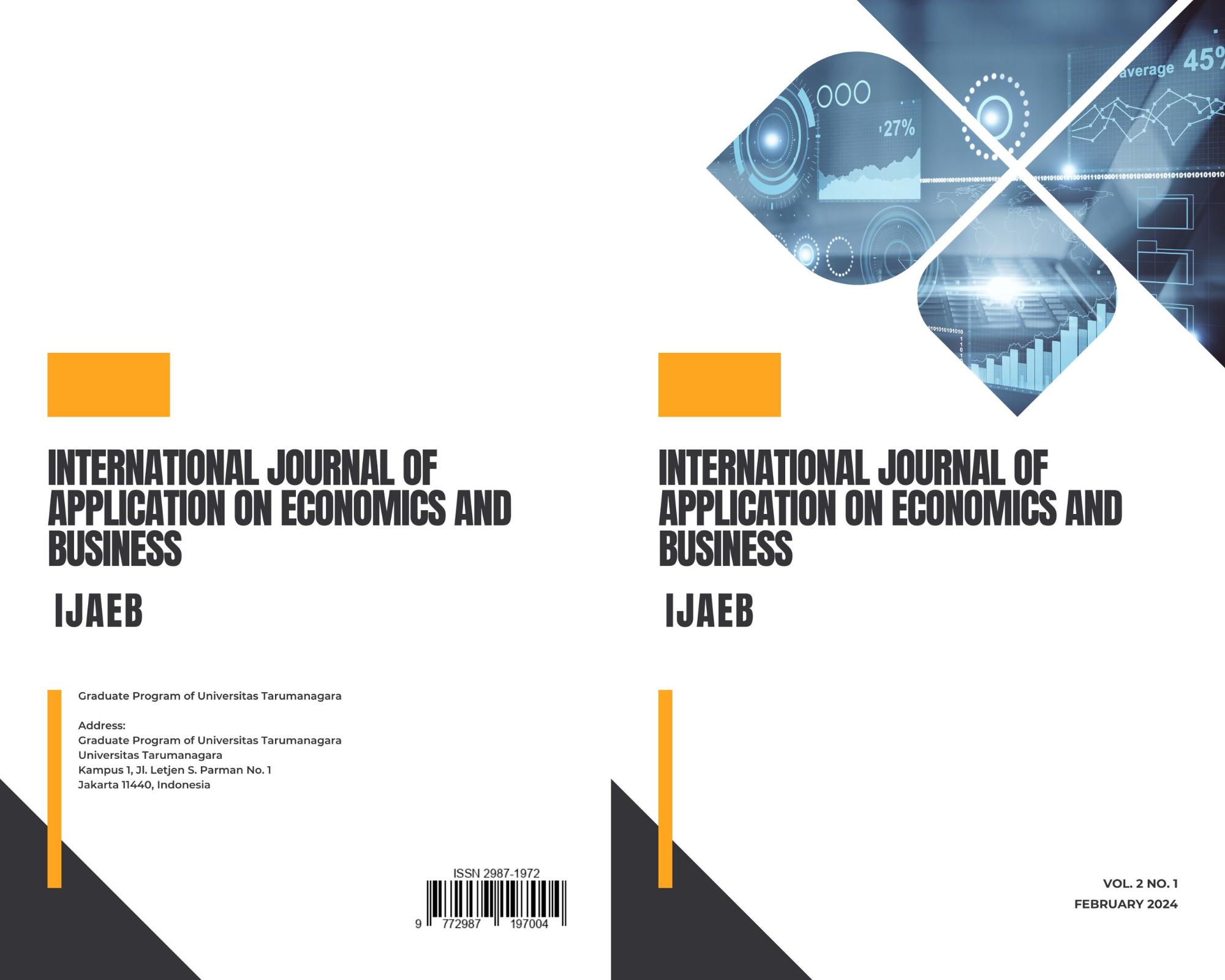DESIGN MANAGEMENT AND PRESERVATION OF JEPARA CARVED FURNITURE
Main Article Content
Abstract
This research examines the role of design management in preserving Jepara carved furniture, which has historical and cultural value, but faces the challenge of adapting to global market dynamics. The research uses qualitative methods with a design management study approach. This study aims to explore how design management practices can be used to respond to these challenges while maintaining the richness of local culture. Through in-depth interviews, field observations, and using selected case studies, this research maps the current landscape of the Jepara carved furniture industry, identifies the main challenges faced by craftsmen and managers, and understands the opportunities that can be developed through the application of design management. The research results show that there is a gap between the traditional practice of making carved furniture and the need for design adaptations that are responsive to global market trends. In addition, this research also found that the lack of an integrated design management strategy limits the Jepara carved furniture industry's ability to innovate and compete. Based on these findings, this research proposes a design management framework that combines innovation strategies, interdisciplinary collaboration between designers and craftspeople, and effective marketing and distribution. The conclusion of this research emphasizes the importance of integrating design management in the Jepara carved furniture industry as a strategy for conservation. The implementation of effective design management is expected to inspire innovation, strengthen cultural identity, and pave the way for wider international recognition of Jepara carved furniture.
Article Details

This work is licensed under a Creative Commons Attribution-NonCommercial-ShareAlike 4.0 International License.
This journal provides immediate open access to its content on the principle that making research freely available to the public supports a greater global exchange of knowledge.
IJAEB by Graduate Program of Universitas Tarumanagara is licensed under a Creative Commons Attribution-NonCommercial-ShareAlike 4.0 International License.. Permissions beyond the scope of this license may be available at https://journal.untar.ac.id/index.php/ijaeb
References
Alfirahmi, D. M., Kania, D. S., & D., Y. (2023). Rancang Bangun Aplikasi Pengelolaan Sampah Plastik Menggunakan Pendekatan Design Thinking. INNOVATIVE: Journal Of Social Science Research, 3(3), 219–233.
Best, K. (2006). Design Management. Managing Design Strategy, Process and Implementation. In Management (Vol. 44).
Bruce, M., Cooper, R., & Vazquez, D. (1999). Effective design management for small businesses. Design Studies, 20(3). https://doi.org/10.1016/s0142-694x(98)00022-2
Buchanan, R. (2015). Worlds in the Making: Design, Management, and the Reform of Organizational Culture. She Ji, 1(1). https://doi.org/10.1016/j.sheji.2015.09.003
Candra, B. A., & Suryaningsih, M. (2018). IMPLEMENTASI PERATURAN DAERAH KABUPATEN JEPARA NOMOR 2 TAHUN 2014 TENTANG PEMBERDAYAAN, PERLINDUNGAN, DAN PEMBINAAN INDUSTRI MEBEL DI JEPARA. Journal of Public Policy and Management Review, 7(2), 562–575.
Chrisswantra, F. (2021). Jepara Wood Carving and the Cultural Influences of the Nusantara Maritime Spice Route. Serat Rupa Journal of Design, 5(2), 254–269. https://doi.org/10.28932/srjd.v5i2.3786
Creswell, J. D., & Creswell, J. W. (2017). Research design: Qualitative, quantitative, and mixed methods approaches. Sage Publications Sage CA: Los Angeles, CA.
Denzin, N. K., & Lincoln, Y. S. (2011). The Sage handbook of qualitative research. sage.
Gustami, S. P. (2000). Seni kerajinan mebel ukir Jepara: kajian estetika melalui pendekatan multidisiplin. (No Title).
Idrus, M. (2009). Metode Penelitian Ilmu Sosial. Erlangga.
Indrahti, S. (2022). Dinamika Dimensi Budaya Kerajinan Ukir Jepara: Dari Seni Hias Dinding Masjid Mantingan Menuju Pasar Internasional. Anuva: Jurnal Kajian Budaya, Perpustakaan, Dan Informasi, 6(2), 179–188.
Kurniawan, B. K., & Wiyoto, W. (2018). Jepara, ukiran dan perubahan jaman. Productum: Jurnal Desain Produk (Pengetahuan Dan Perancangan Produk), 3(3), 91–94. https://doi.org/10.24821/productum.v3i3.1771
Lockwood, T. (2010). Design thinking: Integrating innovation, customer experience, and brand value. Simon and Schuster.
Lorenz, C. (1990). The design dimension: the new competitive weapon for product strategy and global marketing.
McCarthy, S. (2002). Design at Stanford: The d. school’s daddy. In In Research and Education in Design: People & Processes & Products & Philosophy (pp. 207–210). CRC Press.
Mutiara, M. W., Irawan, A. P., & Marizar, E. S. (2023). Design Management in Today’S Business: a Review. International Journal of Application on Economics and Business, 1(2), 889–898. https://doi.org/10.24912/v1i2.889-898
Mutiara, M. W., Irawan, A. P., & Supriyatna-Mz, E. (2024). MODEL MANAJEMEN DESAIN UNTUK INDUSTRI FURNITUR DI JEPARA. Jurnal Muara Ilmu Ekonomi Dan Bisnis, 8(1), 141–151.
Mutiara, M. W., Purna Irawan, A., & Supriyatna Marizar, E. (2023). DESIGN MANAGEMENT IN TODAY’S BUSINESS: A REVIEW. International Journal of Application on Economics and Business (IJAEB), 1(2), 2987–1972. https://doi.org/10.24912/ijaeb.v1.i2.889-898
O’Grady, J. K. (2012). Design is entrepreneurship is design is…. Design Management Review, 23(4), 82–88.
Rizali, A. E. N. (2020). Intelektualitas Dan Kreativitas Desainer Sebagai Peluang Meningkatkan Industri Kreatif. Seminar Nasional Envisi, March 2020, 1–16. https://www.uc.ac.id/envisi/wp-content/uploads/publikasifpd/ENVISIFPD-2020-P001-AWANG EKA NOVIA RIZALI-INTELEKTUALITAS DAN KREATIVITAS DESAINER SEBAGAI PELUANG MENINGKATKAN INDUSTRI KREATIF.pdf
Sachari, A. (2003). Pengantar Metodologi Penelitian Budaya Rupa. Erlangga, Jakarta.
Septian, M. D., & Leksono, A. B. (2018). Dasar Manajemen Desain. Universitas Brawijaya Press.
Supriyatna-MZ, E., Irawan, A. P., & Mutiara, M. W. (2019). Pengembangan Desain Ukir Kayu Pada Industri Furniture di Jepara. Jurnal Muara Ilmu Sosial, Humaniora, Dan Seni, 3(2), 433. https://doi.org/10.24912/jmishumsen.v3i2.6036
Warul Walidin AK, Saifullah, S., & ZA, T. (2015). Metodologi Penelitian Kualitatif & Grounded Theory. FTK Ar-Raniry Press.
Widiartanti, F. (2016). Mebel Ukir Jepara dalam Menghadapi Kompetisi Perdagangan Global : Analisis Upgrading dalam Global Value Chain. Jurnal Sospol, 2(1), 56–70.



